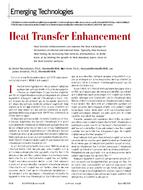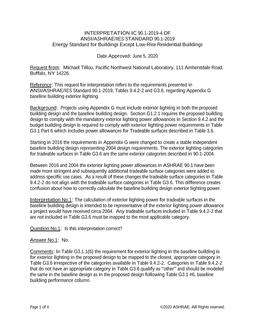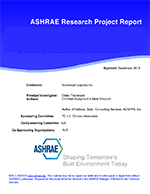The challenge of conforming to ANSI/ASHRAE Standard 62-1999 in an energy-efficient manner has led some HVAC practitioners to the conclusion that using dedicated outside air systems in conjunction with sensible cooling at terminal units offers the best solution. Although these systems are very feasible in most applications, they may have a higher installation cost than the long-favored all-air variable air volume (VAV) systems they are intended to replace. Thus, there is resistance to the use of air-water systems to solve ventilation and off-design humidity problems. This paper will explore the potential for integrating hydronic distribution systems with fire suppression systems in an effort to mitigate the first-cost penalty associated with the installation of air-water systems. This concept, which was first used in the late 19th century and further developed in the 1970s, may have a place in helping to make air-water systems first-cost competitive with all-air VAV systems in many cases. Specific issues to be explored will include code and standards compliance, cost implications, and design considerations.
Units: Dual
Citation: Symposium Papers, Atlanta, GA, 2001
Product Details
- Published:
- 2001
- Number of Pages:
- 6
- File Size:
- 1 file , 170 KB
- Product Code(s):
- D-7163


